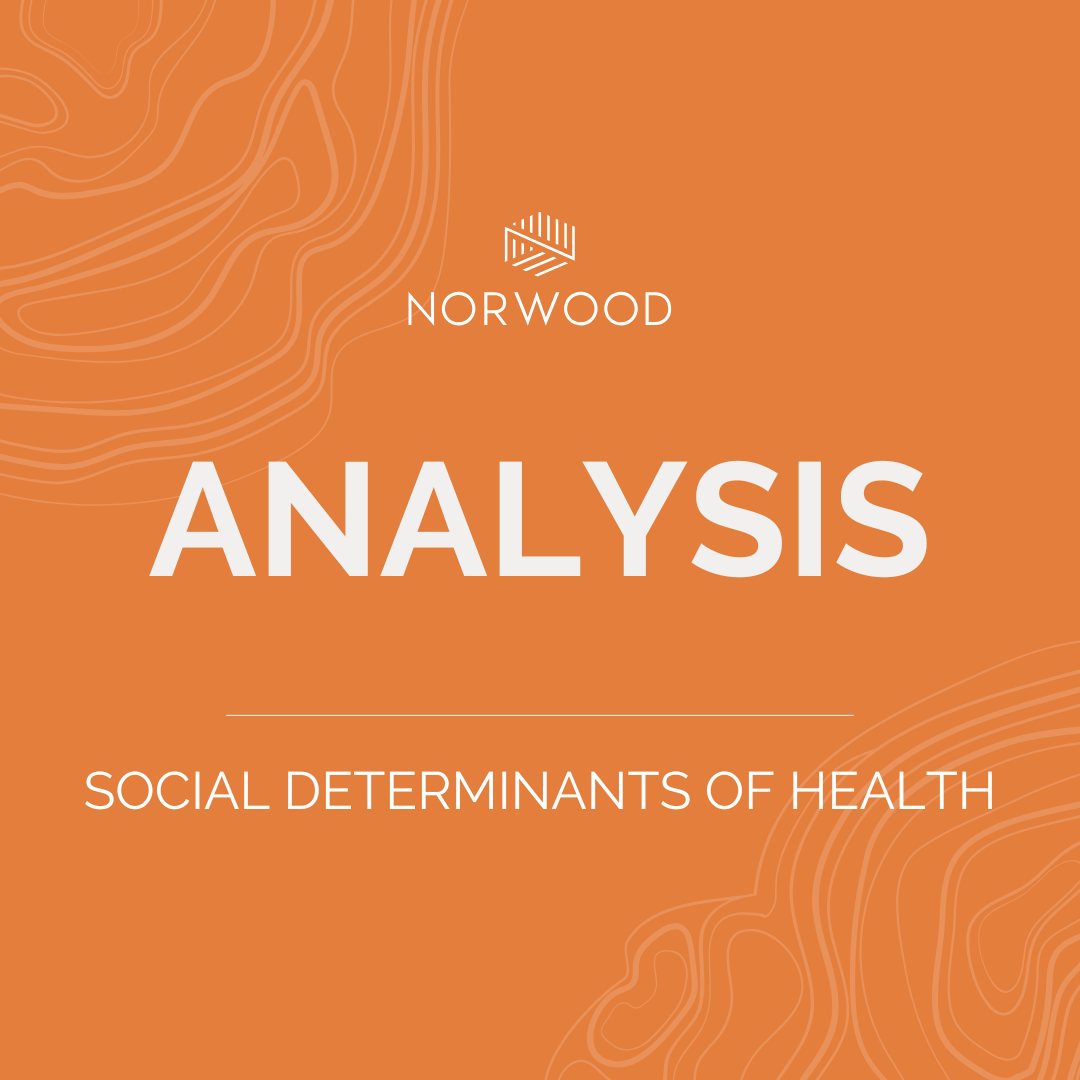Social Determinants of Health (SDOH), integral to preventive medicine and cost reduction, in jeopardy under new CMS administration

By Brian Murphy
Health is far more than just biology, pathophysiology, or medical facts about a patient. Non-medical factors influence health outcomes, including the conditions into which people are born and live.
Think about housing instability, lack of access to care, poor food security, and (un)employment. Today we call these social determinants of health (SDOH). And for CDI and coding professionals, capturing them has become an important part of the job.
However, the new White House administration has brought a lot of leadership and policy changes to CMS and healthcare in general. As I recorded a recent episode of Off the Record with Dr. Pablo Buitron de la Vega, Assistant Professor of Medicine and Medical Director of Preventive Medicine Residency at Boston Medical Center / Boston University School of Medicine, CMS rescinded Medicaid’s health-related social needs guidance.
The move drew criticism from the likes of Sen. Ron Wyden, D-Oregon, who stated in a Fierce Healthcare article (see below): “There is powerful evidence that the key to keeping Americans healthy and out of the hospital starts with addressing the underlying causes of their health challenges, like food and housing insecurity.”
Here’s a few reasons why SDOH are so important for the mid-revenue cycle and healthcare more broadly:
- Addressing them improves patient outcomes. Patients experiencing food insecurity or lack of reliable transportation often struggle with adherence to treatment plans. By capturing this information, providers can connect patients with support services that enhance health outcomes.
- They optimize reimbursement and risk adjustment. Several Z-codes used to capture various SDOH impact payment. For example, homelessness (Z59.00, Z59.01, Z59.02) and several Z59 series housing instability codes are now CCs and thus impact IPPS payment. See my linked article below on the Norwood website as well as a complete list below.
- They reduce costs and prevent avoidable utilization. Hospitals and health systems face financial pressure from avoidable emergency visits and readmissions. Identifying SDOH allows healthcare organizations to implement targeted interventions—such as care coordination and community partnerships—that prevent costly, preventable encounters.
- They enhance compliance and reporting (which can impact indirect revenue). Regulatory bodies and payers are increasingly prioritizing SDOH data. CMS and commercial insurers now incorporate social risk factors into quality measures. Failing to capture and report these elements may result in lost incentives or penalties.
There are many problems with SDOH capture. Even though the coding guidelines are quite liberal and allow the use of non-physician and even non-clinical staff documentation for reporting, adequate screening and capture in fast paced settings like the ED make it a considerable challenge.
As does the ridiculous 25 ICD-10 code limitation on UB-04 claim forms.
A recent ICD-10 Monitor article linked below on SDOH screening in the ED offers a good look at why these problems persist. The focus (rightly) remains on acute medical care treatment… but many of these patients will be coming back to the ED in a month, unless their underlying social determinants are addressed.
We get in to all this on the podcast. I hope you find it helpful.
At least for now CMS has not removed the CC status of current SDOH. These include the following:
Inadequate Housing (Z59.1x series)
- Z59.10 – Inadequate housing, unspecified
- Z59.11 – Inadequate housing, environmental temperature
- Z59.12 – Inadequate housing, utilities
- Z59.19 – Other inadequate housing
Housing Instability (Z59.81x series)
- Z59.811 – Housing instability, housed, with risk of homelessness
- Z59.812 – Housing instability, housed, homelessness in past 12 months
- Z59.819 – Housing instability, housed, unspecified
Homelessness (Z59.0x series)
- Z59.00 – Homelessness, unspecified
- Z59.01 – Sheltered homelessness
- Z59.02 – Unsheltered homelessness
References
- CMS, Improving the Collection of Social Determinants of Health (SDOH) Data with ICD-10-CM Z Codes (infographic): https://www.cms.gov/files/document/cms-2023-omh-z-code-resource.pdf
- ICD-10 Monitor, Addressing the SDoH in the Emergency Department: https://icd10monitor.medlearn.com/addressing-the-sdoh-in-the-emergency-department/
- Norwood, Study of housing instability ICD-10 codes a call to arms for improved capture of social determinants of health: https://www.norwood.com/study-of-housing-instability-icd-10-codes-a-call-to-arms-for-improved-capture-of-social-determinants-of-health/
- Federal Register, FY 2026 IPPS proposed rule: https://public-inspection.federalregister.gov/2025-06271.pdf
- Fierce Healthcare, CMS rescinds Medicaid’s health-related social needs guidance: https://www.fiercehealthcare.com/payers/cms-rescinds-medicaid-health-related-social-needs-guidance
Related News & Insights
2026 IPPS proposed rule: Seven key takeaways for CDI, coding professionals
The FY 2026 IPPS proposed rule is out… what does it contain? With the change in administration…
Top 10 Best Practices for Compliant Use of Point of Care Technology
By Jason Jobes, SVP Solutions Technology is a must for ensuring complete and accurate depiction of patient…


